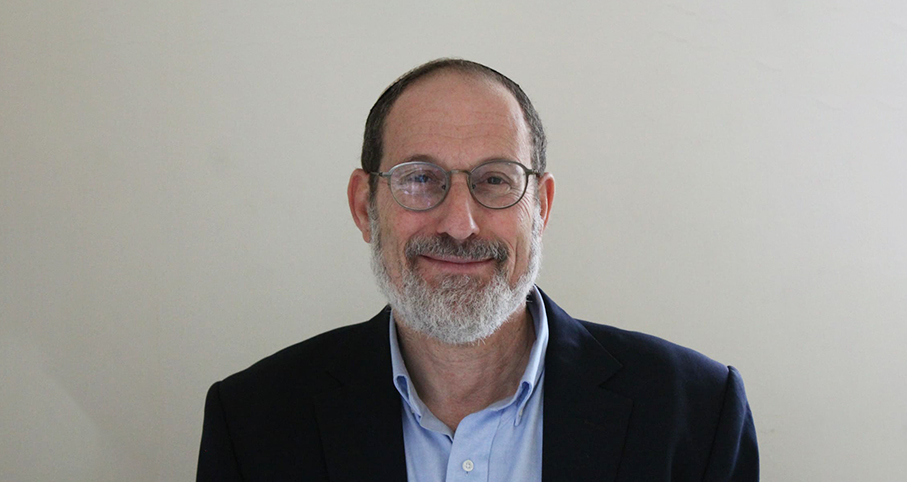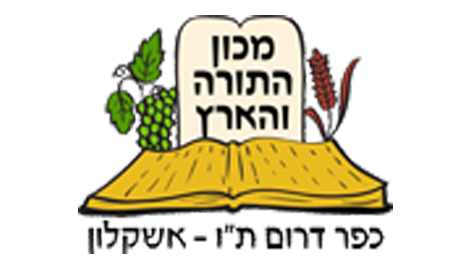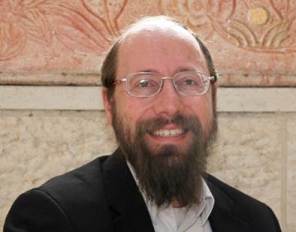Ask the Rabbi
- Halacha
- Prayer
- Tehillim and Personal Prayers
Question
Two questions that have puzzled me ever since my youth.
When did additions and/or blessings and prayers to the siddur stop being added and why? Are some of the sages and G’dolim of today not worthy to have their blessings added to the text of our daily prayers?
Also, over the past 50 years the world has changed and advanced, technologically, medically ect. We now have running water and electricity. Many, many years ago the primary source of answers was the Shulchan Orach. Today you ask 10 Rabbis the identical question and you receive 15 "different" answers. Why is there not ONE source to derive answers from that takes into account 2009 not 1909!
Answer
The Rambam in hilchot tefila (Chap. 1) gives a brief history of Tefila. The beginning of structured Tefila began with Anshei Knesset Hagedola, who formulated the Shmoneh Esreh (Berachot 23a) which is the focal point of the Tefila. The gemara explains in various places additional parts which were added leading and following Shmoneh Esreh. The first written siddur was edited in the 9th century , by one of the Ge'onim, Cohen Tzedek. Once the siddur was formulated, chazal set down laws which were brought down in the Shulchan Aruch, which forbid interruptions in different parts of the Tefila. Even additional Tefilot in the wrong place are considered interruptions which are forbidden. No Rabbi today, as great as he may be, can change the formulated siddur. (see Megilla 2a).
Nonetheless, over the generations some tefilot were added, but in places in where are not considered interruptions. Kabbalat Shabbat, which was introduced to the siddur by the Mekubalim of Tzfat is a good example of an entire Tefila added before Mariv.
Basically, the siddur as we have it have today (each community according to its custom) has been accepted as a minhag, and a person must follow the minhag of his forefathers. Gedolim have not totally refrained from writing tefilot, but mostly piyutim= liturgy, such as many kinot written after the holocaust and on the bright side the Chief Rabbinate of Israel compiled a "mi sheberach" for soldiers and the prayer for the State of Israel. These tefilot came out of need and are added in permitted places.
In regard to your second question, Rav Yoseph Karo, who wrote the Shulchan Aruch, was ordained by 200 Rabbis of his time and his authority was unchallenged with the exception of the reservations of the Rema. The Shulchan Aruch together with the Rema have been universally accepted by the Jewish community. Unfortunately, we do not have such unity today and there is no such centrally accepted authority. Perhaps this is the fulfillment of the Biblical prophecy "And they shall wander in pursuit of the word of Hashem and they shall not find it" (Amos 8:12) which Chazal(Shabbat 139a) explained that "They shall not find a clear halacha and a clear Mishna in one place."
On the bright side though, besides an abundance of Yeshivot and torah scholars we have the accessibility of halachik answers at our finger tips with the internet, sms, etc. Indeed, asking different Rabbis you will receive different answers, due to the dynamics of the Oral Law. Therefore, Chazal suggested "Choose a Rav and acquire a companion" (Avot chap. 1:6) and further suggested "Choose a Rav and avoid doubt." (Avot 1:16) . So find the Rav of your choice and have him explain to you why he chose the opinion he did.

cholah who wants to die
Rabbi Ari Shvat | Tammuz 12, 5771

Tehillim on birthday
Various Rabbis |

having my prayers answered
Rabbi Ari Shvat | Adar 4, 5778





